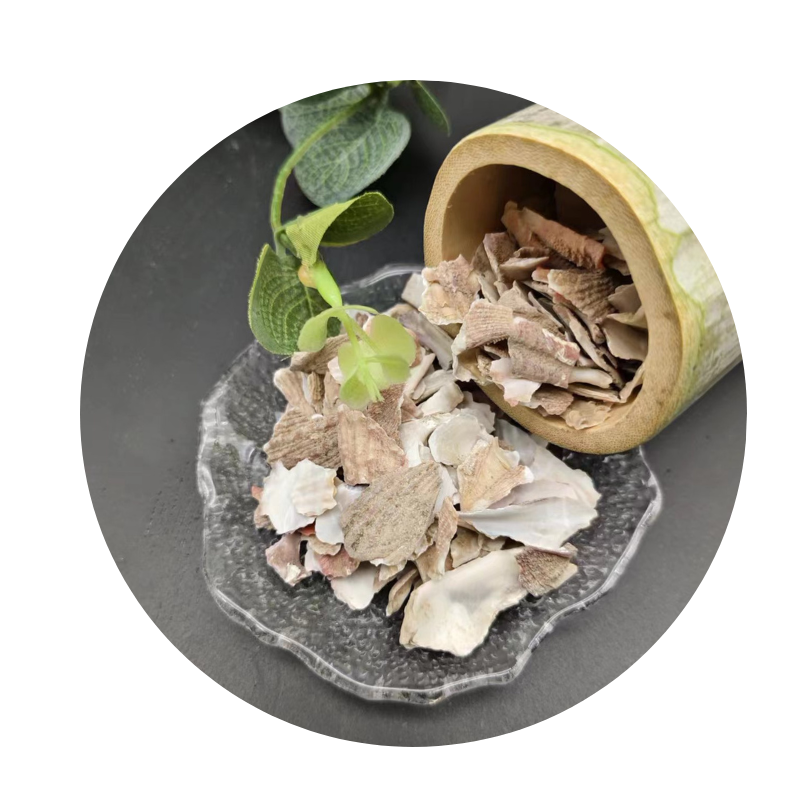
Current Market Trends and Pricing Information for Mica Sheets in 2023
The Price of Mica Sheets Trends and Influential Factors
Mica, a mineral renowned for its unique physical properties, has found a multitude of applications across various industries, including electronics, cosmetics, automotive, and construction. One of the most significant forms of mica utilized is mica sheets, which are thin layers of mica processed for specific uses. Understanding the price of mica sheets is essential for manufacturers, suppliers, and consumers alike, as it can directly impact production costs and market dynamics.
The price of mica sheets can vary significantly based on several factors. Firstly, the type of mica used plays a crucial role. There are two main types of mica muscovite and phlogopite. Muscovite is generally more abundant and less expensive, while phlogopite is rarer and tends to be priced higher due to its superior thermal and electrical insulation properties. The processing method, quality, and thickness of the mica sheets also contribute to their cost. Higher purity levels and specialized processing methods can increase prices significantly.
Global supply and demand dynamics are another key factor influencing mica sheet prices. Recently, the mica market has witnessed significant fluctuations due to rising demand from the electronics sector, where mica is valued for its dielectric strength and insulation properties. With the expansion of technology-driven industries, the demand for mica sheets is expected to increase, potentially driving prices upward. Conversely, the mica market is also affected by supply chain issues, including mining regulations, labor practices, and environmental concerns. For instance, in some countries, mica mining is linked to child labor and harsh working conditions, which has led to calls for more ethical sourcing practices, potentially impacting supply and prices.
price of mica sheet

Geographic location is another aspect to consider. Major mica-producing countries include India, China, and the United States. India, in particular, dominates the mica sheet market; however, political and social issues can disrupt supply chains and affect pricing. Regulatory changes, trade tariffs, and export restrictions can all lead to price variations. For instance, if new environmental regulations are introduced in a major production area, the cost of compliance may increase production costs, which may be passed on to consumers.
Market trends also play a crucial role in shaping the pricing landscape. The COVID-19 pandemic, for example, disrupted supply chains and caused wage fluctuations, leading to unpredictable pricing in many industries, including mica. As the world recovers, manufacturers and suppliers are still navigating supply challenges, which can keep prices volatile. Furthermore, market speculation and investment dynamics can influence prices, as investors respond to anticipated future demand or concerns regarding supply stability.
In conclusion, the price of mica sheets is influenced by a complex interplay of factors including the type and quality of mica, global demand from various industries, supply chain dynamics, and external market trends. For businesses reliant on mica sheets, staying abreast of these variables is crucial for strategic planning and cost management. As industries continue to evolve and demands shift, understanding the nuances of mica sheet pricing will remain vital for all stakeholders involved in the mica economy.
Share
-
Premium Pigment Supplier Custom Solutions & Bulk OrdersNewsMay.30,2025
-
Top China Slag Fly Ash Manufacturer OEM Factory SolutionsNewsMay.30,2025
-
Natural Lava Rock & Pumice for Landscaping Durable Volcanic SolutionsNewsMay.30,2025
-
Custom Micro Silica Fume Powder Manufacturers High-Purity SolutionsNewsMay.29,2025
-
Custom Mica Powder Pigment Manufacturers Vibrant Colors & Bulk OrdersNewsMay.29,2025
-
Custom Micro Silica Fume Powder Manufacturers Premium QualityNewsMay.29,2025






